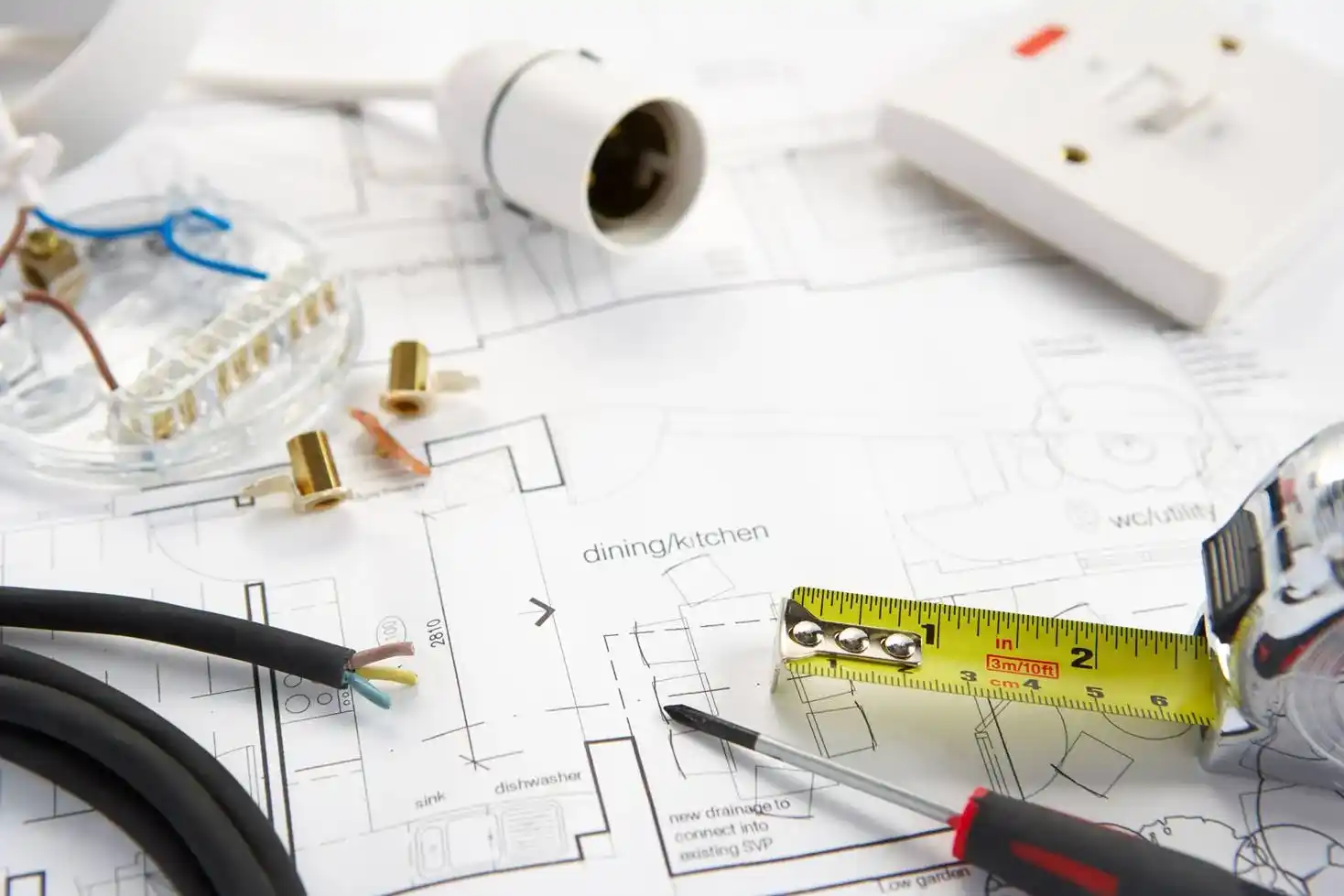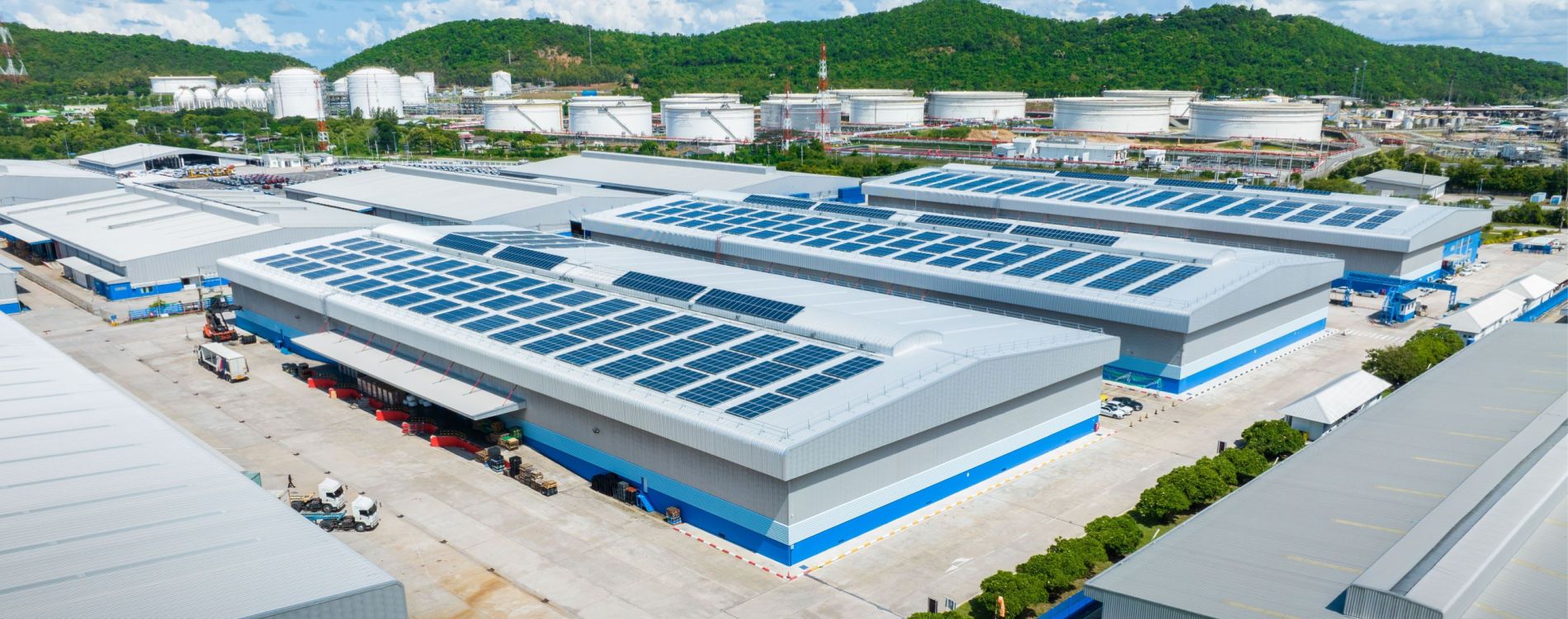Space cooling represents 11% of energy consumption in New York City buildings larger than 50,000 ft2. Most of these systems are powered by electricity, but some of the larger buildings also use absorption chillers powered by natural gas or district steam. Only space heating, plug loads and lighting consume more energy than space cooling in NYC.
There is a significant opportunity to improve cooling efficiency in the multifamily residential sector, where almost half of all buildings use inefficient air conditioning systems:
- Window-type air conditioners
- Through-the-wall air conditioners
- Packaged terminal air conditioners (PTAC)
These three types of space cooling systems have the same disadvantage: they require openings in the building envelope, which increase heat gain during the summer and heat loss during the winter. As a result, these AC units are not only inefficient themselves, but they also increase the load on space heating systems.
The NYC Urban Green Council estimates that annual losses due to air leaks around these AC units range from $130 million to $180 million. In addition, the CO2 emissions associated with this waste of energy range from 375,000 to 525,000 tons per year.
Space cooling systems in office buildings are generally more efficient, since the most common technologies used are direct expansion (DX) units and electric chillers, both of which are much more efficient than window-type, through-the-wall and PTAC units.
Upgrading Space Cooling Systems in Individual Dwellings
Deploying centralized space cooling systems in existing multifamily buildings can prove challenging, since the upgrade can be highly disruptive for tenants and the allocation of space cooling expenses also becomes more complex. The cost of running a central AC system cannot be split equally because usage varies by tenant, and space cooling electricity cannot be metered individually if the system distributes chilled water or cool air.
However, there are also individual space cooling systems that offer a much better efficiency than window-type, through-the-wall and PTAC units. Two of the most promising options are mini-split air conditioners and heat pumps.
A mini-split air conditioner gets its name from how the system is configured. An internal evaporator unit cools indoor air and circulates it with a built-in fan, while an external condenser unit rejects heat. The two components are just connected with insulated refrigerant lines, which eliminate the large opening required in older system configurations.
Mini-split heat pumps are also available, offering reversible operation to deliver space cooling in the summer and space heating in the winter. A heat pump consolidates two pieces of equipment as one unit, making it an attractive upgrade for dwellings that use inefficient space heating systems such as electric resistance heaters.
The cooling efficiency of split-type air conditioners and heat pumps is normally indicated by the Seasonal Energy Efficiency Ratio (SEER), a ratio of cooling output in British Thermal Units to electricity input in watt-hours. The SEER can be compared with the MPG value of a car (miles per gallon), where a higher value translates into a lower operating cost. There is also an efficiency metric called the Energy Efficiency Ratio (EER), which has the same units. The difference is that the SEER considers the entire cooling season, while the EER is for test conditions defined by the Air-Conditioning, Heating and Refrigeration Institute (AHRI). In the case of heat pumps there is also a Heating Seasonal Performance Factor (HSPF), which is the ratio of heating output in British Thermal Units to electricity input in watt-hours.
Mini-split systems have a remarkable efficiency advantage when compared with conventional electric heating and cooling options. Assume a window-type air conditioner and a resistance heater are replaced with a heat pump, having a SEER of 18 and HSPF of 9. In this case, space cooling savings of 50% or more can be expected, while heating savings exceed 60%.
Rebates for Air Conditioning Upgrades
In addition to delivering superior cooling efficiency, mini-split systems are eligible for cash rebates from the Con Edison incentive program. The rebates for mini-split air conditioners are calculated as follows:
|
TYPE OF BUILDING |
Minimum Efficiency |
Rebate |
|
Residential (Home) |
SEER 18 |
Single-zone: $100 |
|
Residential (Home) |
SEER 20 |
Single-zone: $200 |
|
Multi-family or Small Commercial |
SEER 18 |
$100/ton |
|
Multi-family or Small Commercial |
SEER 20 |
$200/ton |
In the case of mini-split heat pumps, the following incentives apply:
|
TYPE OF BUILDING |
Minimum Efficiency |
Rebate |
|
Residential (Home) |
SEER 18 |
Single-zone: $150 |
|
Residential (Home) |
SEER 20 |
Single-zone: $300 |
|
Multi-family or Commercial |
SEER 18 |
$100/ton |
|
Multi-family or Commercial |
SEER 20 |
$200/ton |
Rebates improve the financial performance of air-conditioning upgrades. Since the upfront cost of the upgrade is reduced, the return on each dollar spent is increased.
Recommendations Before Upgrading Space Cooling Systems
When an AC unit that crosses a wall or window is replaced with a mini-split unit that does not, the cooling load is reduced because a large gap in the building envelope is closed. The upgrade is also a good chance to check if there are no other leaks, especially around windows and doors. This increases the energy savings from a space cooling upgrade, since the new unit is not only more efficient, but is also subject to a reduced load.
In dwellings that use incandescent lighting, it is also possible to reduce the cooling load by upgrading to LED lamps. Consider that a 60-watt incandescent bulb can normally be replaced with a 10-watt LED bulb. If 10 of them are replaced, there are 500 watts less of heat to handle, equivalent to slightly above 1,700 BTU per hour.
Window-type, through-the-wall and PTAC units only have one advantage in terms of performance: they provide a constant supply of fresh outdoor air. Mini-split units are unable to provide ventilation due to their system configuration, so it is important to verify that the existing ventilation system is sufficient after removing the previous AC unit. Ventilation systems are normally designed to be self-sufficient, but getting a professional opinion is recommended nevertheless; poor ventilation leads to various health issues.
Conclusion
Window-type, through-the wall and PTAC space cooling systems are among the least efficient, but still the most commonly used in multi-family buildings in NYC. Mini-split systems can reduce cooling expenses by 50% or more, while Con Edison incentives make them more affordable. However, like with any upgrade to building systems, an assessment from an engineering professional is recommended to achieve the best results. Even a high-efficiency space cooling system will perform poorly if it does not match the intended application. Ensuring that the new equipment is eligible for rebates is also important.







